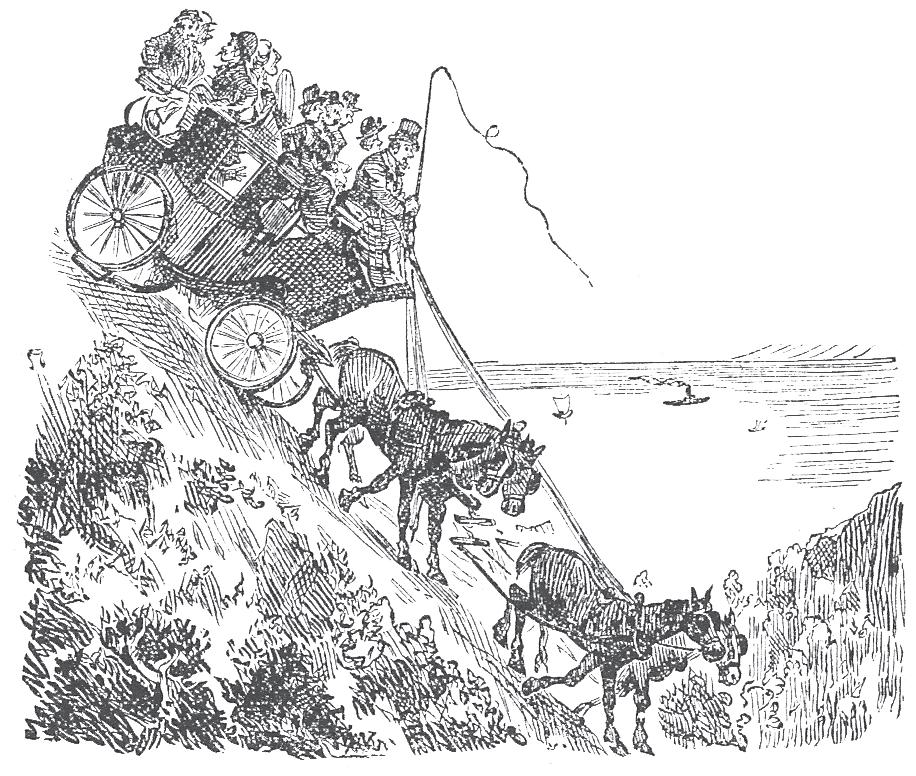
4 minute read
Threat or Advantage?: Quantifying the Impact of OA on Print Revenues
By John Sherer (Spangler Family Director, The University of North Carolina Press, Chapel Hill, NC 27514) www.uncpress.org ORCID: https://orcid.org/0009-0001-2471-2446
The collective work of university presses to publish and distribute monographs is one of the cornerstones of the creation and advancement of scholarship in the humanities. With the development of digital distribution tools and Open Access (OA)1 models, there is the potential for exponentially increasing the accessibility, use, and impact of these monographs. During the early months of the COVID-19 pandemic, many university presses allowed platforms like Books at JSTOR and Project MUSE to temporarily make their digital monographs OA. These platforms experienced almost unimaginably high usage increases of over three thousand percent during this time.2 While the COVID era was deadly, traumatizing, and generally tragic, it also undermined the declension narrative about humanities monographs. It wasn’t the monograph that was in decline. It was the distribution model that was failing. There is also growing evidence that OA monographs are used in historically marginalized geographies, creating an equity and inclusion argument in favor of these models.3
All of this has led to a growing desire among university presses to do more OA publishing. But presses cite long-term, sustainable funding models as the top problem in implementing OA. In an already challenging fiscal environment, the prevalent and intuitive assumption that open digital editions will cannibalize revenues is stopping OA from growing. But is this an evidence-based assumption? We commissioned our study because we realized there was almost no data on this subject. We knew that while it might seem obvious that free editions would harm sales, there’s also ample evidence that humanists prefer print editions.4 But if the hypothesis was not correct — if OA had only a marginal impact on print revenues — then there could be a substantial opportunity to expand OA publishing. Could there even be a more surprising result? What if the discoverability afforded by OA leads to an increase in print revenues?
My own read of the study’s results was that the print performance of OA titles looked a lot like our general publishing programs. Which is to say, some books sold really well, and most sold modestly. The data definitely shattered the myth that print books won’t sell when digital is free.
But there were limits to what we could learn. While we looked at the sales performance of nearly one-thousand titles, we still craved more information. We wanted to compare print sales to OA downloads and usage. Were pricing or format a driver of sales? Did different disciplines show different sales patterns? Perhaps most importantly, we wanted to see the results over a longer period of time. Could the “long tail” of print sales be enhanced when digital discoverability is maximized?
There’s one more significant outcome I wish we could have studied. We had hoped that participating presses might have been able to identify “control titles” they had published in traditional paywalled editions. By doing a side-by-side comparison of OA against the legacy model, we could begin to see that even if OA erodes print revenues, we could understand just how much print revenue was reduced. Quantifying that delta would be a key guidepost in modeling a sustainable OA subsidy.
Endnotes
1. In its simplest form, OA is defined as literature that is digital, online, free of charge, and free of most copyright and licensing restrictions. https://mitpress. mit.edu/9780262517638/open-access/ Most OA book publications do not meet this definition, but instead could be called free to read, download, and share.
2. https://issuu.com/against-the-grain/docs/feb_2022_ v34-1_hr/s/15073548 and https://www.youtube.com/ watch?v=AGROsXct6-c
3. DOI: 10.1629/uksg.558
4. See Naomi Baron’s Words on Screen, (Baron 2015) (page 86) as well as the 2021 Ithaka S+R Faculty Survey which suggests scholars discover monographs in digital formats, but strongly prefer print editions for reading and engagement. See figure 14 at https://sr.ithaka.org/ publications/ithaka-sr-us-faculty-survey-2021/






